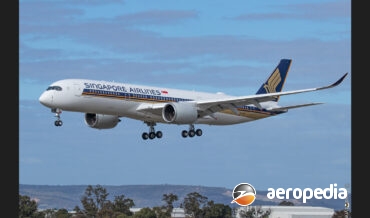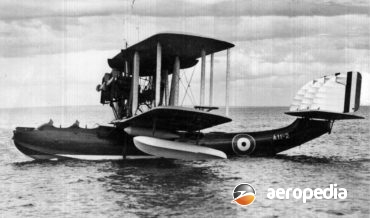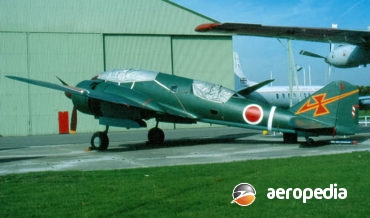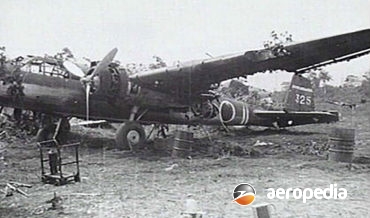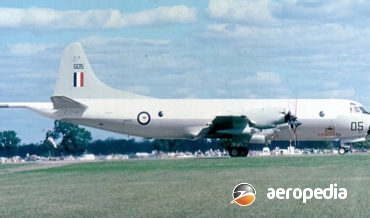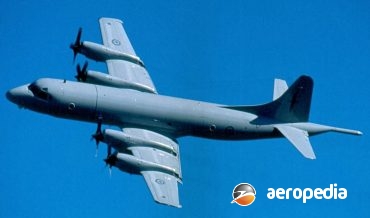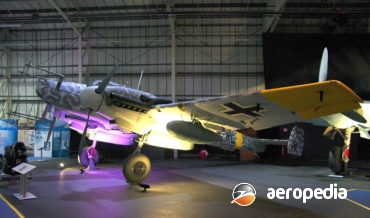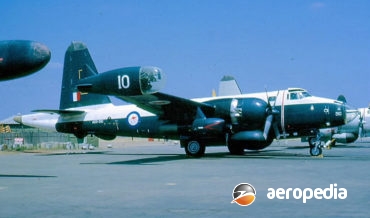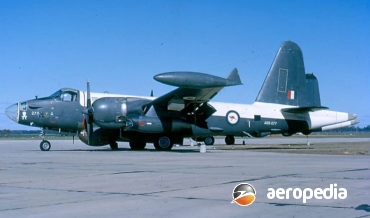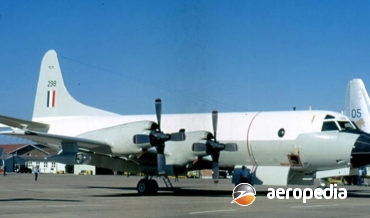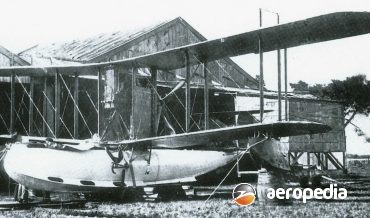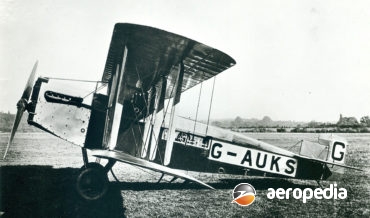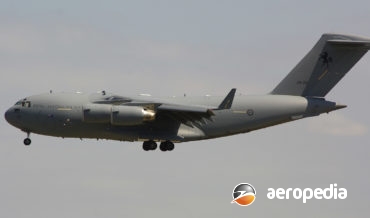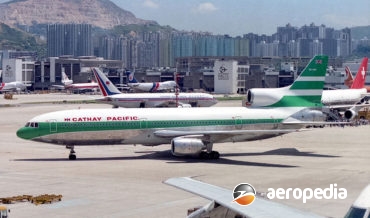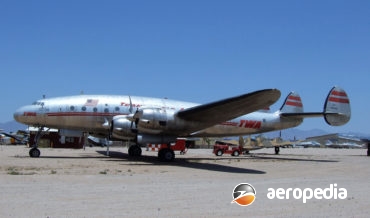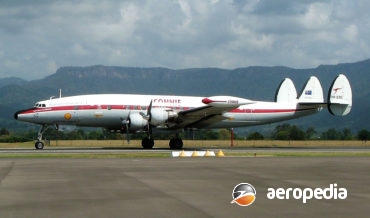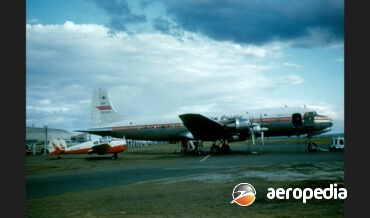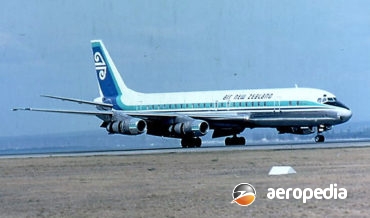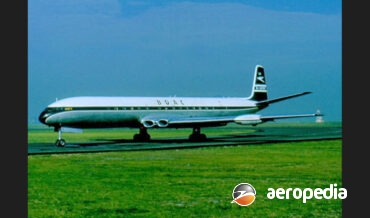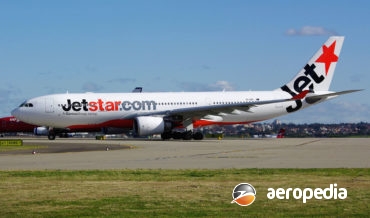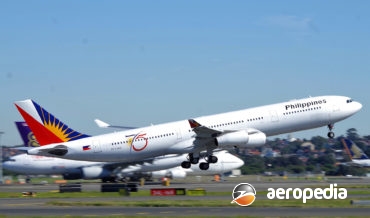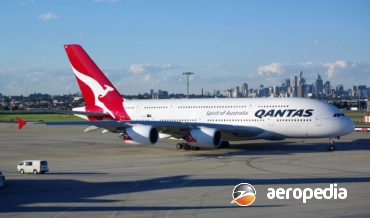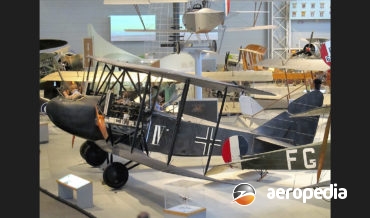All Contents
Contents
The Airbus A350 series was conceived in 2004 to meet a requirement of international airlines for an extra long-range airliner.
David C. Eyre
- June 26, 2020
The Southampton was designed as a patrol seaplane to replace the Felixtowe F.5, six aircraft being ordered in 1924 before the prototype was built.
David C. Eyre
- May 19, 2019
One of the most attractive aircraft to be operated during World War II, the Mitsubishi type 100 Command Reconnaissance Aircraft, or Ki-46, was designed by Tomio Kubo from the outset specifically for the strategic reconnaissance role and saw service throughout the Pacific, particularly over Malaya, the Dutch East Indies, New
David C. Eyre
- May 19, 2019
Designed by Sueo Honjo, and produced by Mitsubishi Jukogyo K K, the prototype G3M “Nell” powered by two 448 kw (600-hp) Hiro Type 91 liquid-cooled engines was flown in April 1935 and attained a maximum speed of 314 km/h (195 mph).
David C. Eyre
- May 19, 2019
In 1970 the Model P-3C appeared with new technology weapon systems, and a digital computer to ease the workload for the ten man crew, five of whom were housed in the tactical compartment.
David C. Eyre
- May 19, 2019
The Orion has been described as arguably the most versatile tool in the RNZAF inventory. The process of the RNZAF obtaining the Orion commenced on 24 March 1964 when the New Zealand Minister of defence announced approval in principle for the purchase of five P-3A Orion aircraft to replace the
David C. Eyre
- May 19, 2019
The prototype of the Messerschmitt Bf 110 (Bf 110V-1 – D-AHOA) series made its first flight on 12 May 1936 in the hands of Bayerische Flugzeugwerke A-G test pilot Hermann Wurster.
David C. Eyre
- May 19, 2019
In April 1944 the US Navy placed a contract for two prototypes of the Neptune long-range patrol bomber, designated SP2V-1. The prototype XP2V-1 (BuAer 48237) was rolled out at the company’s Burbank, California facility in May 1945, making its first flight on 17 May. The initial production model was
David C. Eyre
- May 19, 2019
The P2V-7 was a development of the earlier versions, and was the last model built, some 726 being delivered from Lockheed’s plant at Burbank between the first flight on 26 April 1954 and April 1962.
David C. Eyre
- May 19, 2019
Developed as a successor to the Lockheed P2V Neptune maritime patrol bomber from the Lockheed L-188 Electra commercial transport, the prototype YP3V-1 Orion (148276), which had a fuselage 2.1 m (7 ft) shorter than the commercial aircraft, was flown for the first time on 25 November 1959.
David C. Eyre
- May 19, 2019
The Channel was built by the Supermarine Aviation Works Ltd at its Woolston facility at Southampton.
David C. Eyre
- May 8, 2019
The Wallaby, which was based on the Sopwith B.1 Bomber, was similar to the Sopwith Atlantic, which had been used by Harry Hawker in an unsuccessful trans-Atlantic attempt.
David C. Eyre
- May 8, 2019
The concept of the C-17 commenced in the late 1970s when the United States was looking for a new long-range transport.
David C. Eyre
- May 8, 2019
The Lockheed L-1011 Tristar (Model 193) was designed as a competitor for the Douglas DC-10, the manufacturer being approached by American Airlines to build an airliner smaller than the Boeing 747 but able to operate from its main bases at Dallas and New York to London and South America.
David C. Eyre
- May 8, 2019
The Lockheed Model 49 Constellation, known originally as the Excalibur 44, was developed into a variety of variants over a period of 20 years to the Starliner.
David C. Eyre
- May 8, 2019
In 1938 Lockheed commenced design of a four-engine airliner known as the Excalibur 44, leading in 1939 to an aircraft known as the Constellation, powered by Wright R-3350 engines.
David C. Eyre
- May 8, 2019
The DC-6 series has been considered by many to be the finest piston-engined transport produced.
David C. Eyre
- May 8, 2019
In an attempt to maintain its competitive position as a supplier of transport aircraft to the world’s airlines, Douglas Aircraft Company commenced the design of a jet powered aircraft to replace the DC-7 series.
David C. Eyre
- May 8, 2019
Design of the Comet commenced in 1946, at that time it being a 44 passenger aircraft with a range of 3,540 km (2,200 miles) powered by four 5,000 lbst de Havilland Ghost 50 turbojet engines.
David C. Eyre
- May 8, 2019
On 27 January 1986 Airbus authorised the final definition of two new projects known as TA-9 and TA-11, these later becoming respectively the A330 and A340 long-range airliners.
David C. Eyre
- May 8, 2019
Air Bus Industrie recognised the need for a aircraft operating what was described as ‘long-thin’ routes and set about designing an aircraft capable of carrying 295 passengers in a three-class configuration over a distance of 13,250 km (8,233 miles), this being a four-engine wide-body which made its first flight in
David C. Eyre
- May 8, 2019
The A380 has been described as a giant amongst airliners, being 73 m long, nearly 80 m in span, weighing 560-tonnes at take-off, seating up to 555 passengers, and will fly further and more cheaply per seat.
David C. Eyre
- May 8, 2019
The G.IV was designed and developed by Allgemeine Elektrizitats Gessellschaft [AEG] at a similar time to the Friedrichshafen and Gotha bombers and used the same engines but had a performance inferior to those aircraft
David C. Eyre
- May 8, 2019
Recent Comments
Archives
Categories
- No categories
Categories
- No categories
Latest Posts
Newsletter

